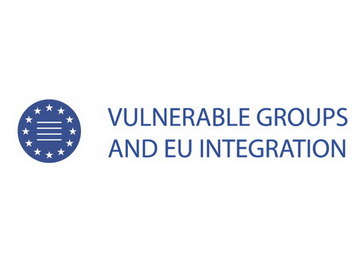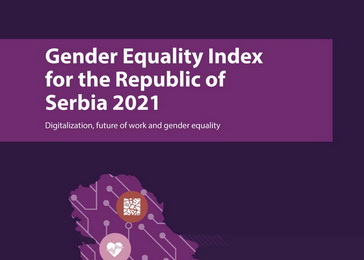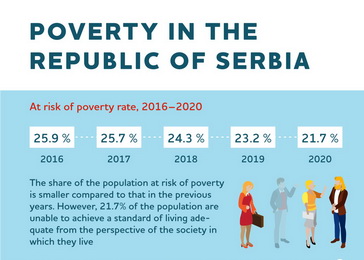 Serbia is among the 11 countries in the world where the number of citizens will decrease by over 15% by 2050, as shown by the United Nations report “Perspectives for World Population: Review 2015”. The head of the list is Bulgaria, with an expected drop of 27.9%, while Serbia is 8th. The population numbers will drop across Europe, and the trend will not be overturned by the expected increase in migration. Along with the expected aging population, one of the key challenges brought about by demographic movement is the population explosion in the poorest countries, making the task of improving living conditions more difficult.
Serbia is among the 11 countries in the world where the number of citizens will decrease by over 15% by 2050, as shown by the United Nations report “Perspectives for World Population: Review 2015”. The head of the list is Bulgaria, with an expected drop of 27.9%, while Serbia is 8th. The population numbers will drop across Europe, and the trend will not be overturned by the expected increase in migration. Along with the expected aging population, one of the key challenges brought about by demographic movement is the population explosion in the poorest countries, making the task of improving living conditions more difficult.
The global population number in mid-2015 reached 7.3 billion, i.e. during the last 12 years it increased by around one billion. The increase is continuing, although the tempo has been reduced from 1.24% per year in 2005 to 1.18%, meaning that every year the world holds an additional 83 million people.
The increase is particularly marked in the group of 48 countries qualified by the UN as least developed, among them 27 in Africa. In some of those countries the population will at least quintuple by 2100. The UN report warns that the concentration of the increase in the poorest countries will make the task of eradicating poverty and inequality, as well as hunger and starvation, improve access to education, strengthen healthcare systems and improve basic services for citizens and apply other elements of the sustainable development agenda difficult for the governments of such states.
The current level of migration worldwide is not enough to make up for the decrease in population numbers in regions with low fertility rates. Assessments are that between 2015 and 2050 in Europe there will be 63 million more dead than new-born, with projections of around 31 million migrants. This means that the population of Europe will be reduced by 32 million. Europe is therefore also facing population aging, thus 24% of the population is already 60 years of older, and the share will reach 34% in 2050, with the increase thereafter decelerating, and in 2100 the number of those over 60 will be 35%.
Serbia is showing both marked population aging and population decrease. Serbia is, namely, among the 11 countries where the population numbers will drop by at least 15% by 2050, taking 8th place with a decrease of 17.2%.
Some indicators for Serbia are moving in a positive direction. Life expectancy, although two years less than the European average at 75 years, will extend to 79.5 years in the 2045-2050 period, and infant mortality is also decreasing from the current 8.4 for every 1,000 to an expected 5.4 by 2050.
Due to the decrease in population numbers and the extension of life expectancy, the population of Serbia is increasingly old. Thus the average age increased from 30.9 years in 1980 to 4.06 in 2015, with expectations of further aging to 46.8 in 2050 and 48.4 in 2100.
Written by: S.V., taken from www.euractiv.rs
 Government of the Republic of Serbia
Government of the Republic of Serbia














 pdf [271 KB]
pdf [271 KB]
Leave a Comment